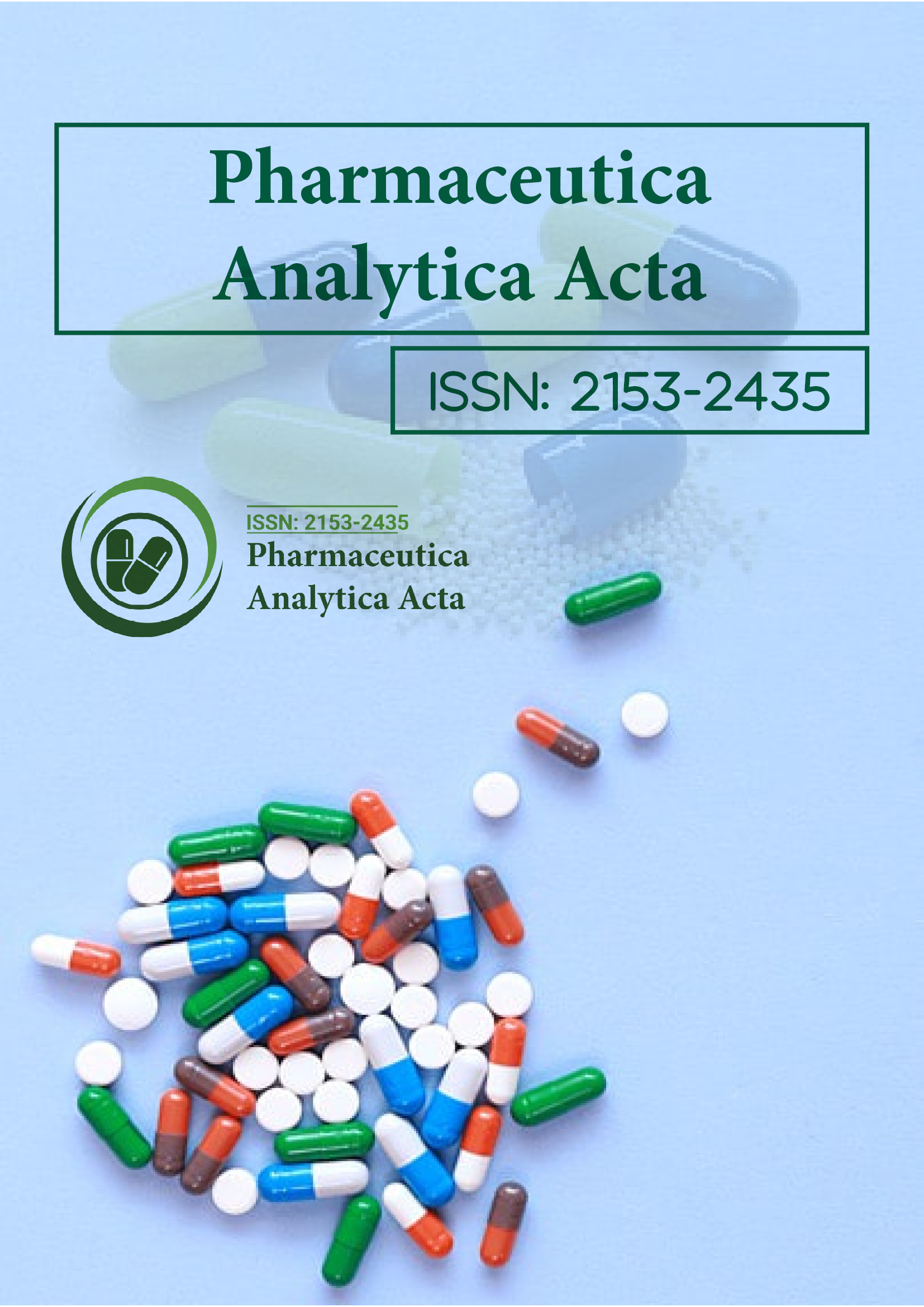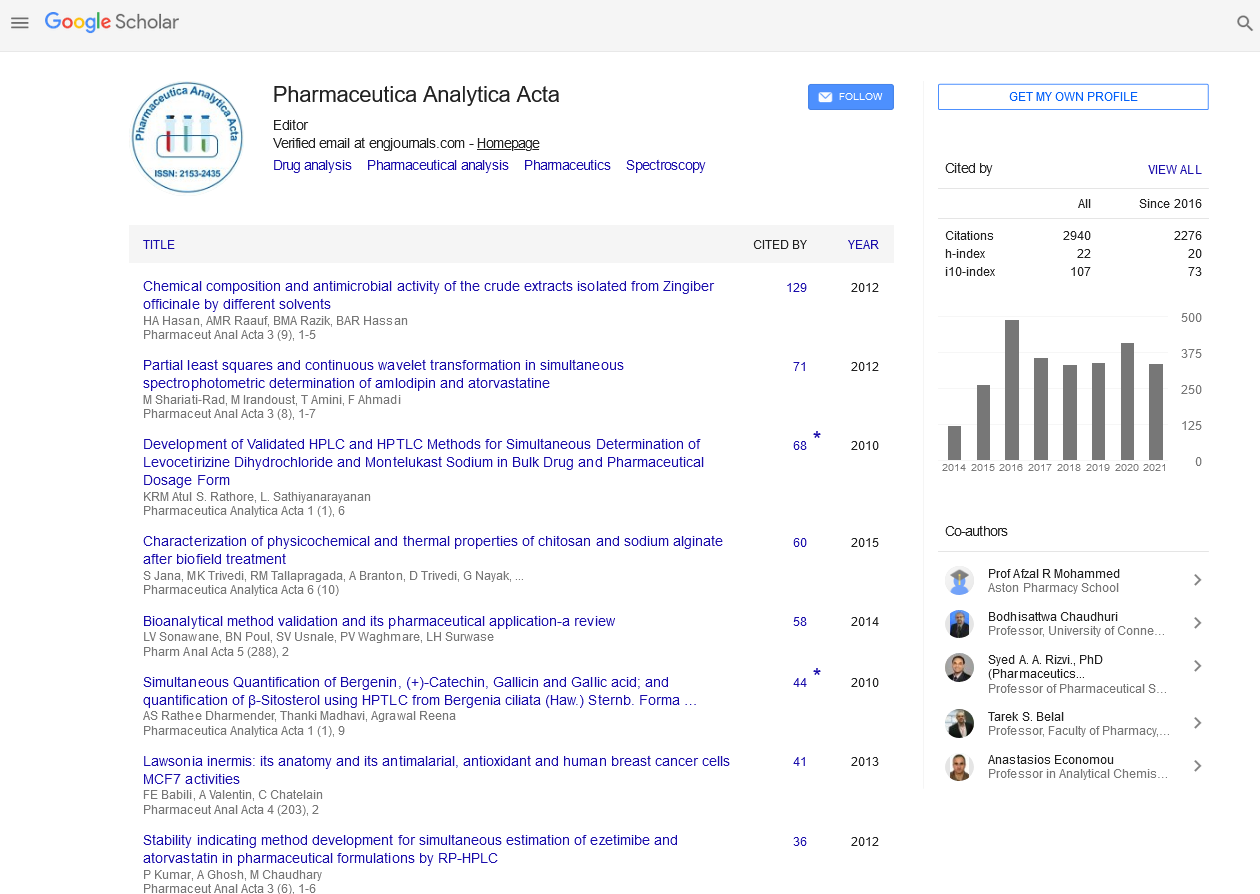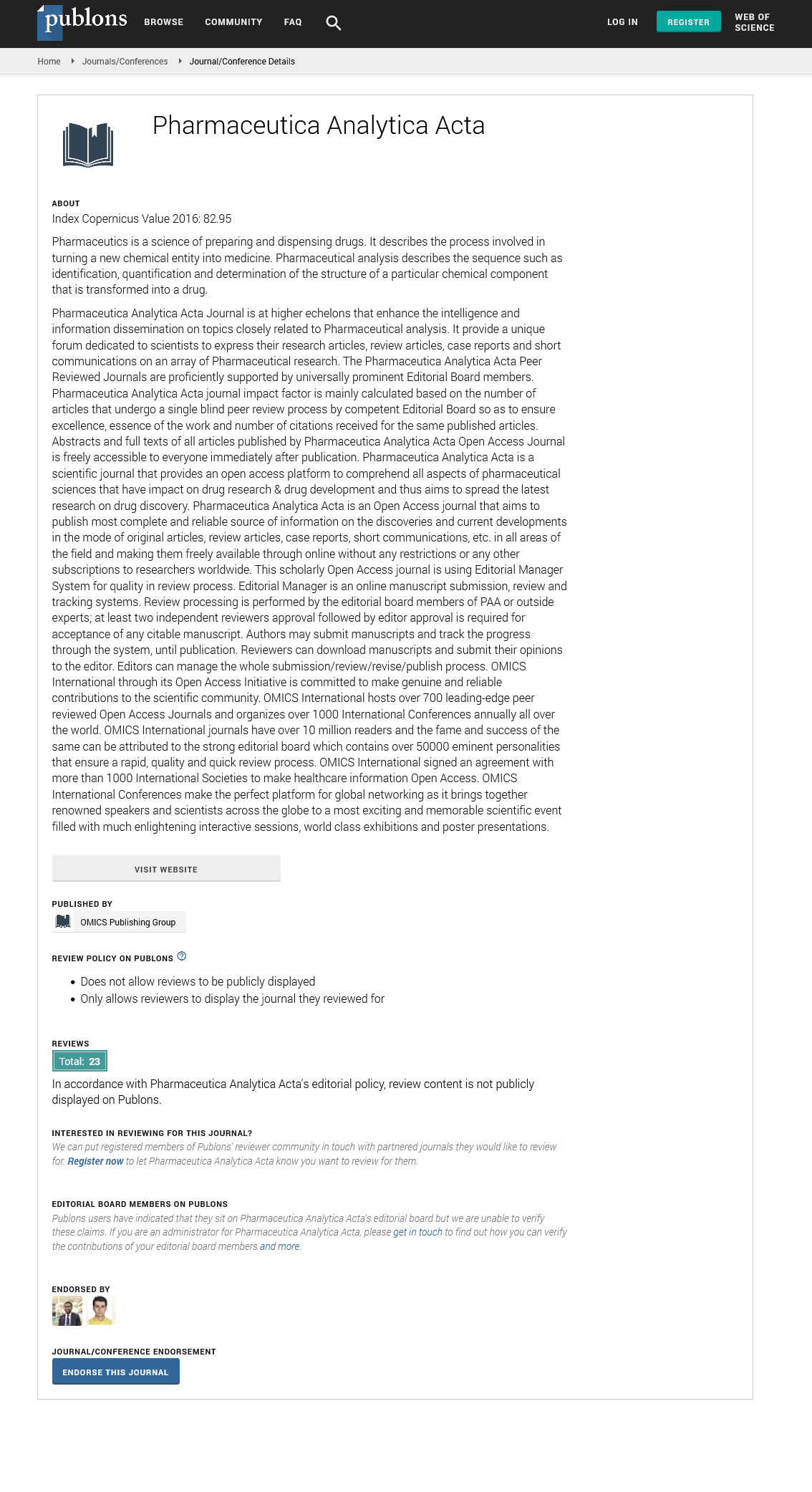Indexed In
- Open J Gate
- Genamics JournalSeek
- Academic Keys
- JournalTOCs
- The Global Impact Factor (GIF)
- China National Knowledge Infrastructure (CNKI)
- Ulrich's Periodicals Directory
- RefSeek
- Hamdard University
- EBSCO A-Z
- OCLC- WorldCat
- Publons
- Geneva Foundation for Medical Education and Research
- Euro Pub
- Google Scholar
Useful Links
Share This Page
Journal Flyer

Open Access Journals
- Agri and Aquaculture
- Biochemistry
- Bioinformatics & Systems Biology
- Business & Management
- Chemistry
- Clinical Sciences
- Engineering
- Food & Nutrition
- General Science
- Genetics & Molecular Biology
- Immunology & Microbiology
- Medical Sciences
- Neuroscience & Psychology
- Nursing & Health Care
- Pharmaceutical Sciences
Short Communication - (2025) Volume 16, Issue 3
Exploring PRP as a Pharmaceutical Intervention in Androgenic Alopecia
Siqi Zhao*Received: 22-Feb-2024, Manuscript No. PAA-24-24996; Editor assigned: 26-Feb-2024, Pre QC No. PAA-24-24996 (PQ); Reviewed: 11-Mar-2024, QC No. PAA-24-24996; Revised: 04-Jun-2025, Manuscript No. PAA-24-24996 (R); Published: 11-Jun-2025, DOI: 10.35248/2153-2435.25.16.821
Description
The pharmacokinetics of PRP components is essential for pharmacists to comprehend the dynamics of its therapeutic effects. Platelet-derived growth factors, once introduced into the scalp, exhibit varying rates of absorption, distribution, metabolism, and excretion. This knowledge allows pharmacists to guide patients on the optimal timing and frequency of PRP sessions, enhancing the precision and efficacy of the treatment.
As factors of patient safety, pharmacists investigate the comparative safety profiles of PRP, placebo, and minoxidil. This includes assessing adverse events, potential complications, and long-term safety considerations. Providing patients with a comprehensive understanding of the safety prospect allows pharmacists to engage in informed discussions, addressing concerns and ensuring patient confidence in the chosen therapeutic approach.
The advent of pharmacogenomics allows pharmacists to contribute to individualized treatment plans. Understanding genetic factors influencing drug metabolism and response enables pharmacists to optimize pharmaceutical interventions. By incorporating pharmacogenomic insights, pharmacists can identify potential responders, customized dosages, and minimize adverse effects, elevating the precision of AGA pharmaceutical care.
Pharmacists, as custodians of medication quality, can explain on the critical aspect of quality control in PRP preparation. Variability in preparation techniques can impact the concentration of growth factors and overall efficacy. By supporting for standardized protocols and quality assurance measures, pharmacists contribute to the reliability and consistency of PRP formulations, maintaining its pharmaceutical standing.
Exploring the potential synergy between PRP and existing pharmaceuticals is an approach that pharmacists can navigate. Combining PRP with conventional treatments like minoxidil may offer a multifaceted approach to AGA. Pharmacists can guide patients through the rationale, potential benefits, and considerations of combination therapies, aligning with the evolving prospect of AGA pharmacotherapy.
Pharmacists, as economic healthcare advisors, can conduct a cost-benefit analysis of PRP compared to traditional treatments. Assessing the financial implications, potential insurance coverage, and long-term cost-effectiveness allows pharmacists to provide comprehensive guidance. This allows patients to make decisions aligned with their healthcare goals and financial considerations.
Pharmacists are important in ensuring patient education and adherence to the prescribed regimen. By imparting knowledge on the pharmacological aspects of PRP, discussing realistic expectations, and addressing potential concerns, pharmacists enhance patient understanding. This educational role extends to support adherence, a critical factor in the success of long-term AGA management with PRP.
Pharmacists play an important role in ongoing patient monitoring during pharmaceutical interventions. Regular followups allow pharmacists to assess treatment progress, monitor for adverse events, and address any emerging concerns. Their expertise in managing adverse effects ensures that patients receive comprehensive support, encouraging treatment adherence and mitigating potential challenges.
Effective pharmaceutical care in AGA necessitates collaboration between pharmacists and other healthcare providers. Pharmacists can engage in interdisciplinary discussions, providing insights into pharmaceutical options, potential drug interactions, and holistic approaches to patient care. This collaborative model ensures that pharmaceutical interventions align seamlessly with the broader spectrum of AGA management strategies.
Conclusion
In conclusion, the field of AGA pharmaceutical interventions expands; pharmacists emerge as integral contributors to patient care. Their roles encompass not only dispensing medications but also providing in-depth information, fostering personalized treatment plans, addressing psychosocial aspects, embracing pharmacogenomics, and collaborating with healthcare providers. By embracing this multifaceted role, pharmacists elevate the quality of pharmaceutical care in AGA, empowering patients with comprehensive insights and customized interventions.Citation: Zhao S (2025) Exploring PRP as a Pharmaceutical Intervention in Androgenic Alopecia. Pharm Anal Acta. 16:821.
Copyright: © 2025 Zhao S. This is an open-access article distributed under the terms of the Creative Commons Attribution License, which permits unrestricted use, distribution, and reproduction in any medium, provided the original author and source are credited.


